As Director of Education at Ocean Life Education, I have been educating children about my passion, the ocean, for nearly sixteen years. My lively team of qualified marine educators and I visit schools, early learning centres and events inspiring young people to appreciate and want to protect the ocean with our live animal incursions in Brisbane and beyond.
I firmly believe in the old adage that “you only protect what you love”. How can you expect children to appreciate the ocean if they rarely or never experience it?
Bringing Ocean Education to the Classroom
Unfortunately, many children are unable to get to the ocean or even experience an aquarium. By bringing the ocean into the classroom or to an event we are able to influence many children who would not normally get the opportunity to see marine animals in their ocean habitat.
It’s very clear that this experience is really significant to them. Interactions with the animals are meaningful as they link to theoretical learning and children are immediately engaged and fascinated. You can see it on their faces and tell by the awesome and varied questions they ask!
Our marine educators arrive with a host of live marine animals, artefacts, games and information and blend ‘hands on’ interaction with science and humour, so our incursions are very lively and fun.
Live Marine Animal Incursions
We have a very varied team of marine animals that generally include the following diverse bunch…
Baby Bamboo Shark, Fresh Water Turtle, Blue Linckia Seastars, Thorny Seastars, Tropical Sea Cucumber, Black Sea Cucumber, Sea Urchins.
Children are able to observe the animals in tanks and get the opportunity to feel their unique textures and learn about why and how they have adapted to be the way they are.
We are very mindful of the welfare of our animals and the wellbeing of the children and work to strict guidelines on sourcing and sustaining live animals.

Our crew
Our marine educators are a very lively bunch, each with a specialisation in the marine environment and most are qualified marine biologists, like myself. I have worked as a marine biologist in a variety of roles in Australia and overseas. I’m passionate about the ocean and my vision is to protect that environment for future generations to enjoy too.
Meet our crew
School incursions in Brisbane
School incursions offer students a break from their usual school routine and are designed to stimulate and extend their learning experience. They provide children with a hands-on educational experience without the need for extra supervision or safety planning.
Ocean Life Education provides curriculum-aligned and captivating school incursions which are the perfect accompaniment to a study block, bringing the subject to life. The programs are tailored to the needs of the particular class, ensuring the children get to learn exactly what is required and the school achieves its learning goals.
We cover a range of curriculum topics in our school ocean life incursions, plus anything specialist that needs to be added in. Topics might include: Habitats, Life Cycles, Human Impact, Classification, Adaptation and Animal Behaviour and we can focus on a specific animal such as sharks – always very popular!
We also have extensive resources and supporting material at hand, such as videos, activities and worksheets, and offer flexible learning online courses for children who prefer to study in their own time.
Early Learning Incursions in Brisbane
Early learning incursions are a great way to bring the real outside world into the childcare centre. The change in routine really helps restore focus and maximises learning by giving children the ability to participate in an engaging ‘learn as they do’ educational experience.
Younger children up to 2.5 years will discover a wide range of facts including:
- Animals have colours, patterns, shapes and textures
- Shells are protective houses once used by living marine creatures
- Marine animals look & feel different for a reason
- Animals breathe & exist under water
- Sea creatures have mouths, stomachs and legs like humans, but they are very different in appearance
- How to handle, care for, and protect live animals
WE then begin to introduce more depth to the information and introduce the following concepts to the older children (3-5 years):
- The importance of caring for the environment for the future
- The grouping of living things according to their features (Classification)
- Who eats who! (Food chains)
- The relationships between living organisms and their environment (Ecology)
Our Goal
Ocean Life Education’s goal is to educate children about how our lives are interconnected with our ocean and to inspire them to feel a responsibility to take action to protect it.




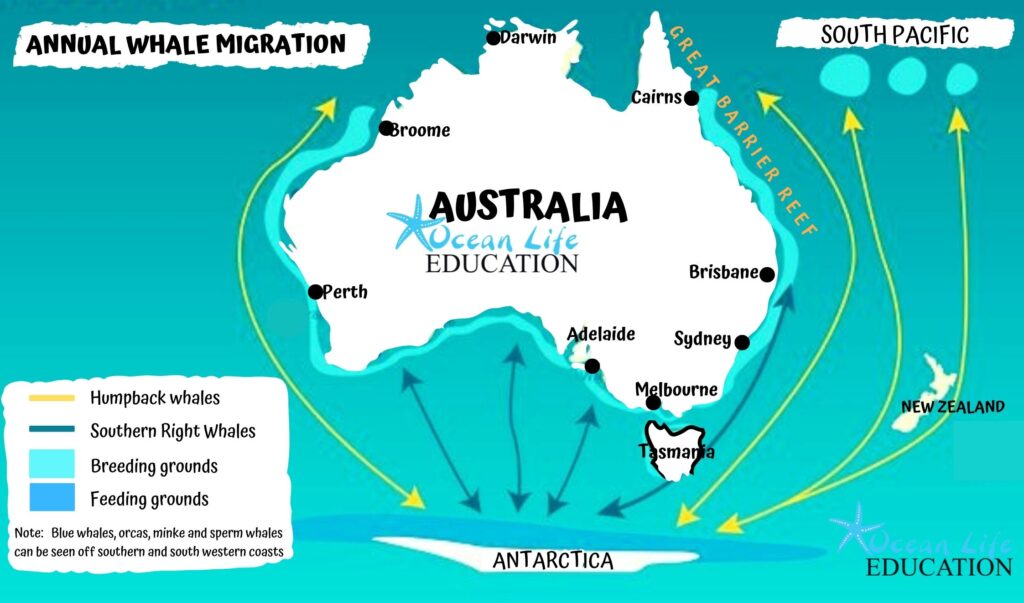
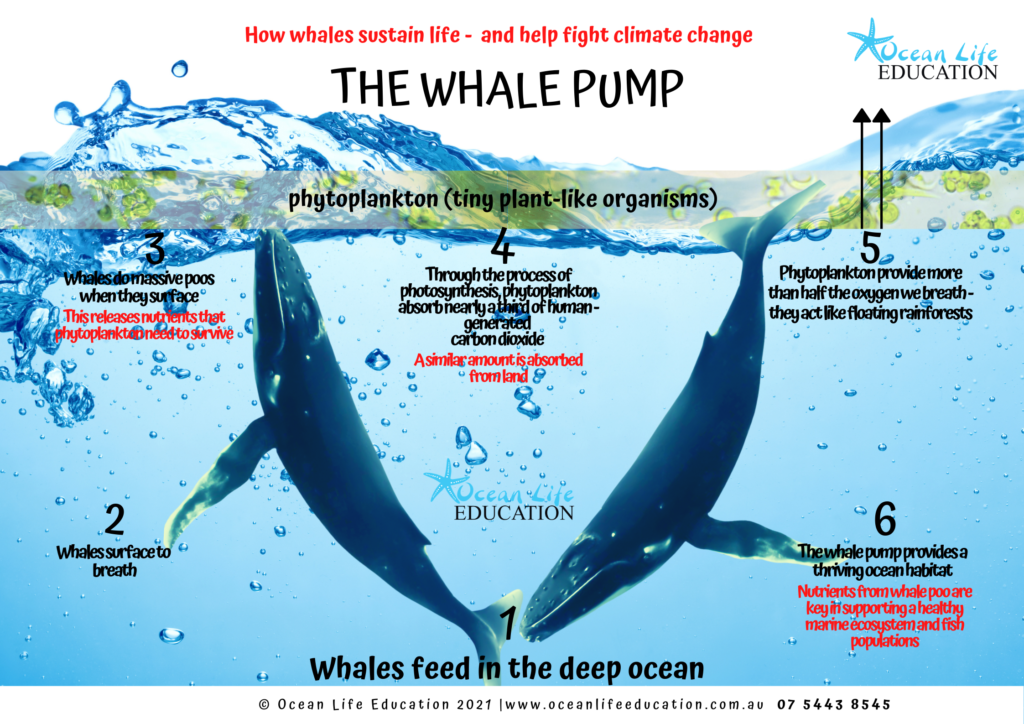
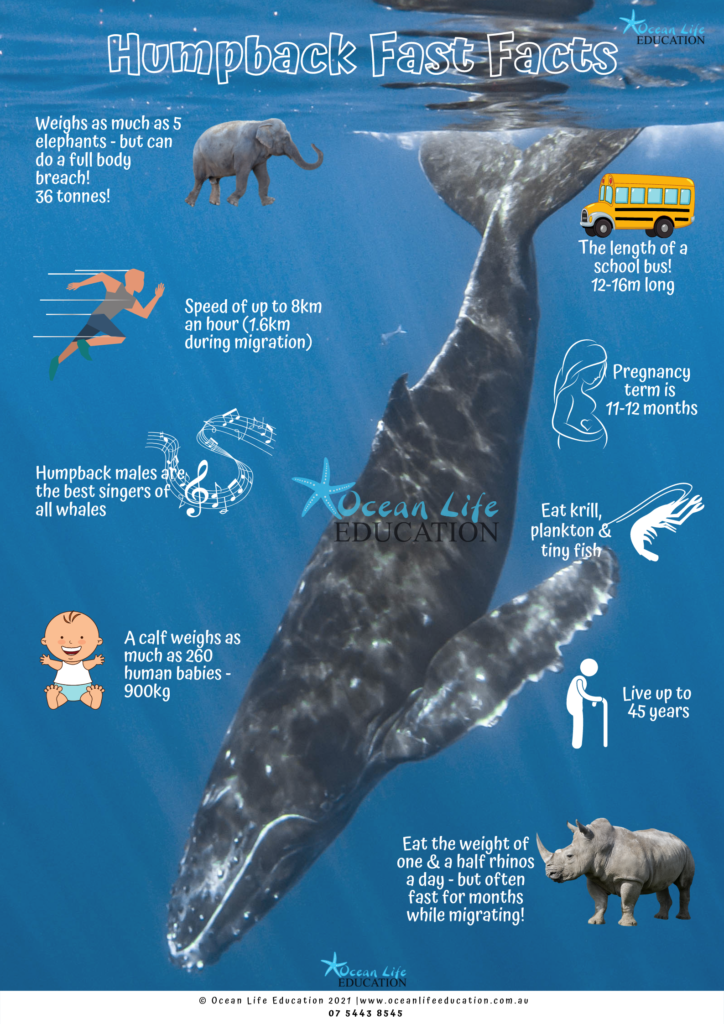

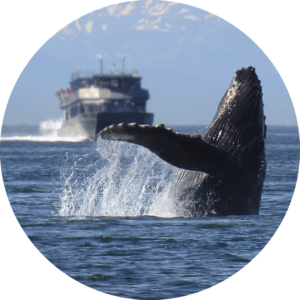
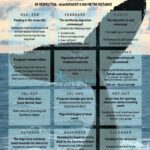
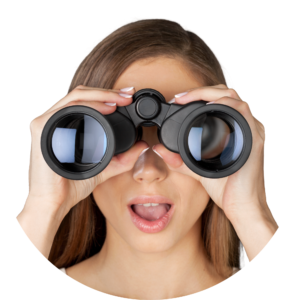 The exact timing varies depending on the temperature of the water, among other factors, but generally the best time to see humpback whales on the East Coast is between May and November each year.
The exact timing varies depending on the temperature of the water, among other factors, but generally the best time to see humpback whales on the East Coast is between May and November each year. The best places to see humpback whales in Queensland are considered to be the Sunshine Coast, The Great Barrer Reef, and Hervey Bay.
The best places to see humpback whales in Queensland are considered to be the Sunshine Coast, The Great Barrer Reef, and Hervey Bay.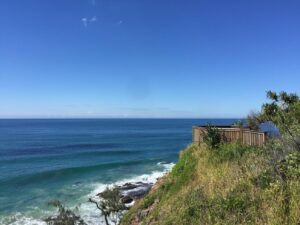
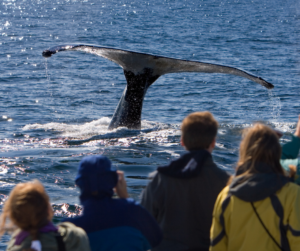 If you wish to do a whale watching tour in Queensland, you could find the whales swimming under your boat. It’s really not uncommon as whales can be very inquisitive!
If you wish to do a whale watching tour in Queensland, you could find the whales swimming under your boat. It’s really not uncommon as whales can be very inquisitive!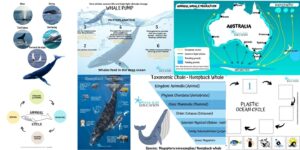
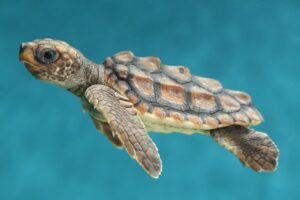
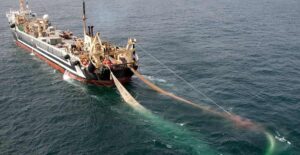
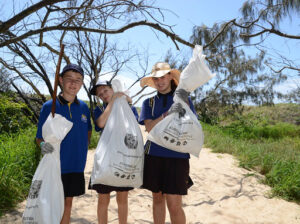 How Can You Protect Marine Animals?
How Can You Protect Marine Animals?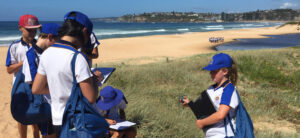 Activities for Endangered Species Day
Activities for Endangered Species Day 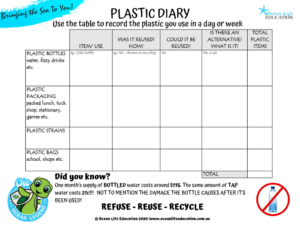
 Incursion: Human Impact – The Earth Under Threat
Incursion: Human Impact – The Earth Under Threat